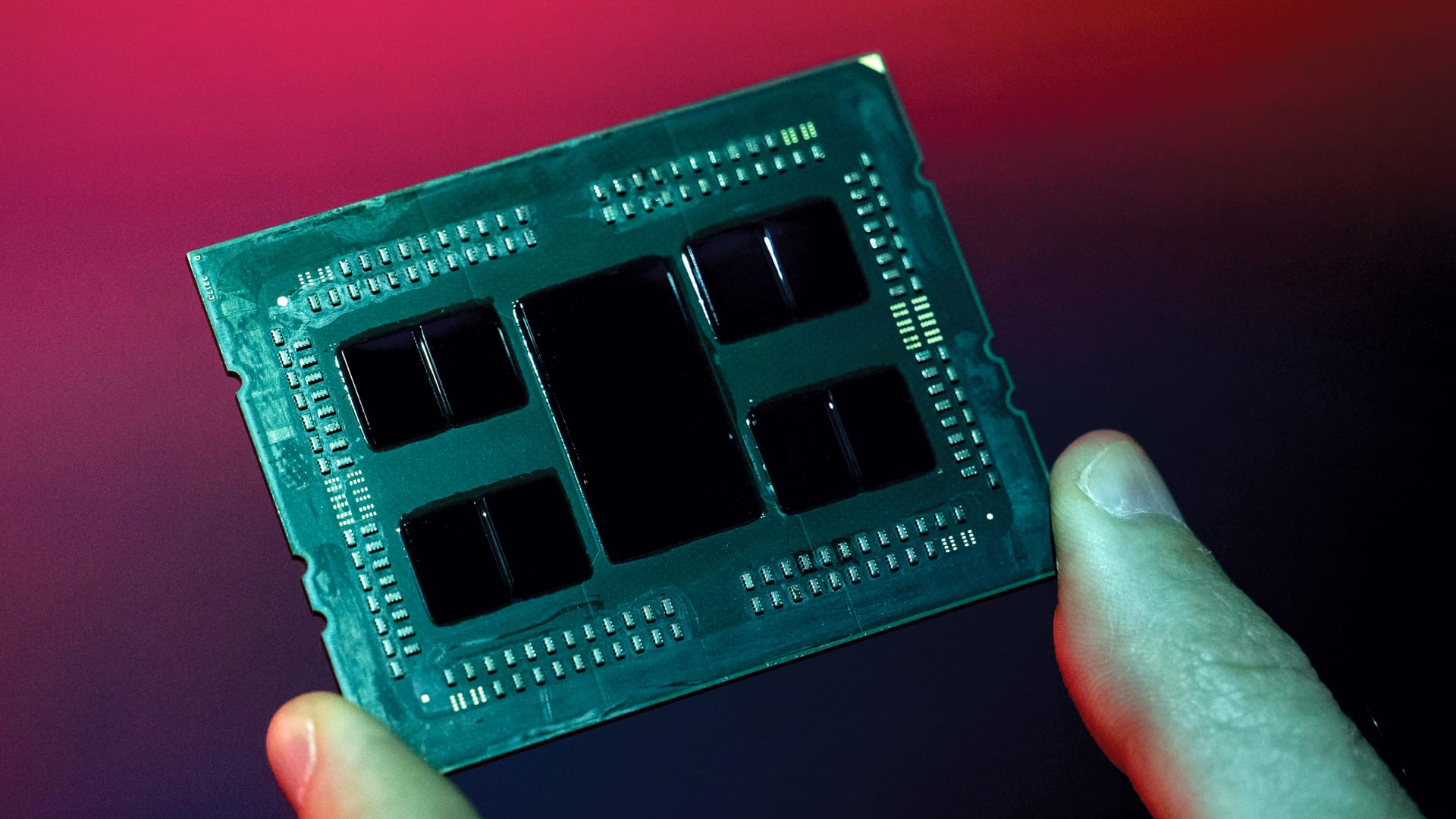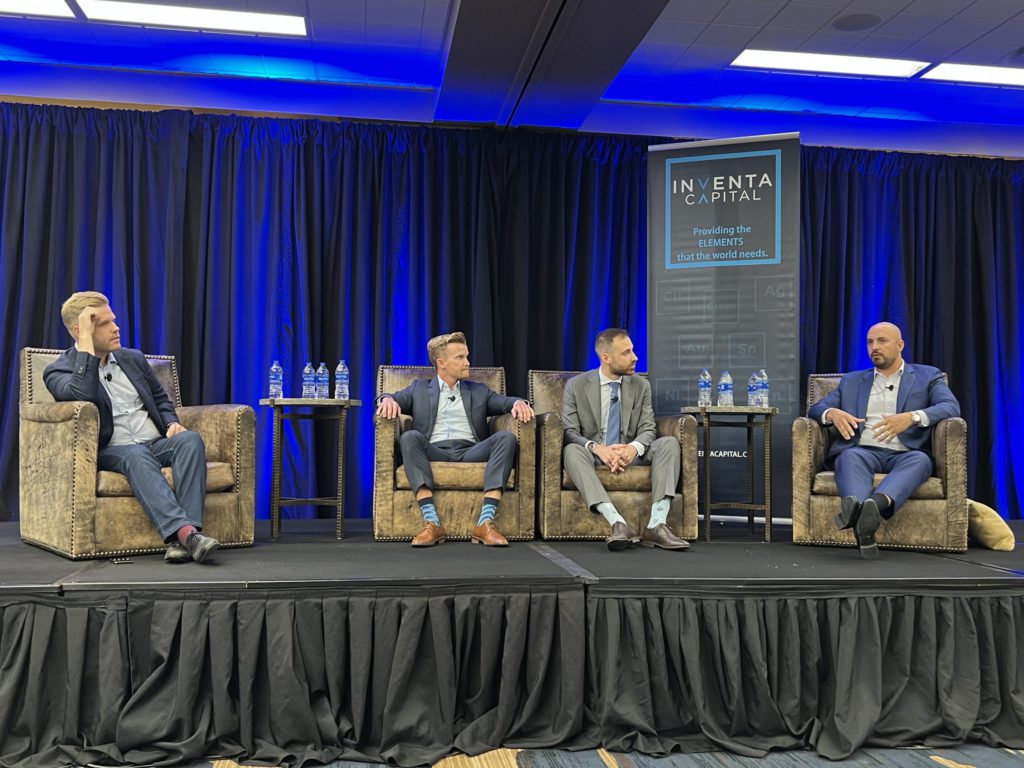Energy
Sunday, July 24th, 2022 4:51 pm EDT
In the US automotive world, a “recall” is issued when a manufacturer or National Highway Traffic Safety Administration (NHTSA) determines that a vehicle or particular equipment creates an unreasonable safety risk or fails to meet minimum safety standards. Manufacturers are required to fix the problem by repairing it, replacing it, offering a refund, or even repurchasing the vehicle.
Over-the-air (OTA) updates are becoming more common as new vehicles increasingly feature built-in wireless connections. Ford, Mercedes Benz, Tesla, and GM have used OTA updates to address product recalls. With so many automakers now sending OTA updates, isn’t it time to replace our tendency to focus on the negative connotations associated with a “recall?”
Recall no more! Why don’t automakers simply say a NHTSA-approved update will take place?
Regular software updates are an integral part of the service concept across industries in the digital world. OTA updates are a practical method for manufacturers to rapidly deliver system fixes and improvements and draw upon a complex system architecture with connected control units and system functions.
Many connected car systems are built to work in a distributed manner, therefore requiring communication with other systems over a network. These cars have started to become the new normal in the automotive industry. Due to the major advancements in automotive electronic systems and wireless communication technology, processes such as vehicle diagnostics and updating the software in vehicle electronic control units are possible from a remote location through the internet and without having vehicles being present at service station.
Data sets for recalls emerge in the US from the NHTSA. An unprecedented number of auto product recalls has taken place in recent years. Interestingly, there has been subsequent low consumer recall compliance. This raises questions about the role of the NHTSA and other regulatory agencies in ensuring safety in the era of new technologies to create fixes.
The Business Behind OTA Updates
Connected vehicles combine software and hardware components in an integrated system. A study in the Journal of Business Research indicates that automobile recalls elicit, on average, stock investors’ reaction of −.22%, equivalent to a loss of $81 million. Clearly, vehicle recalls in which live service technicians manually repair a vehicle are expensive, and many automotive manufacturers have implemented OTA updates as a contemporary replacement or repair delivery system that makes it unnecessary to bring a vehicle into a service center. Instead, service centers receive access to updates with the same contents at the same time as an OTA update, allowing for consumer convenience of choice.
OTA updates help automotive manufacturers to reduce vehicle warranty and recall costs and are an opportunity to implement safety-related and legally relevant corrective measures in a faster, more customer-friendly and efficient manner than traditional recall practices.
How does an auto manufacturer react following a product defect discovery that results in a product recall decision? Current product recalls generally place blame on managers, but there are other equally important stakeholders — suppliers, employees, competitors, media, and regulators. It is becoming increasingly prudent for automakers to adopt a stakeholder management approach that considers a recall as part of a process rather than an existential company threat.
Because OTAs may create legal implications if they do not function properly, create malfunctions, or fail to be delivered in time to solve critical problems, implications from the perspective of manufacturer third-party liability can arise. With OTAs, claimants may face challenges in establishing liability, especially from an evidentiary perspective, so it has been argued that the most appropriate solutions for all parties should be insurance-based.
Recall vs. OTA: Owners Might Not Even Know There’s a Problem
Today, the majority of new cars on the road are controlled by software instead of mechanical parts as a result of vehicles becoming “smarter.” Many OTA software updates do not remedy issues officially deemed safety defects, so they are pushed straight from the manufacturer to drivers with little government oversight or transparency.
R&D is producing OTA innovations and possibilities. For example, one smart scheduling system uses a deep reinforcement learning (DRL) agent in a digital twin environment. The DRL agent can learn and simulate different scenarios and identify the best update sequence depending on monthly temperature profile, traffic congestion, and many other factors to slow down the degradation of fleet health. Whenever there is an update, the DRL agent assesses the situation and recommends the appropriate action to minimize vehicle failures and maintain fleet health.
Electric vehicles (EV) are considered the future of the automobile industry due to their high energy conversion efficiency and environmental friendliness. For EVs, updating the battery management system parameters requires careful analysis prior to the OTA update being deployed to maximize impact and reduce the likelihood of adverse behavior being introduced.
Ford: A Recall Case Study
In June, Ford recalled 48,924 Mustang Mach-Es because they may lose power while in motion, or they may not start, as described by Consumer Reports. The problem originated with the vehicle’s battery contactor, which may overheat after the vehicle has been plugged into a DC fast charger and/or what Ford calls “wide-open pedal events” — that is, fully pushing the accelerator to the floor for quick acceleration.
If the contactor overheats, it could remain open, and the vehicle could lose power while driving and potentially cause a crash. If this happens, a powertrain malfunction warning light will illuminate on the dashboard, and the vehicle will display “Stop Safely Now” in the gauge cluster behind the steering wheel.
Ford planned an OTA software update for the Secondary On-Board Diagnostic Control Module (SOBDMC) and Battery Energy Control Module (BECM) software. Owners were also able to get the software update at a Ford dealership. The automaker noted that there had been no crashes or injuries related to this recall. Owners were able to call Ford customer service at 866-436-7332, and the company also contacted owners of affected vehicles by mail.
Earlier this month, Ford informed owners of some of its most popular internal combustion powered SUVs to park their vehicles outside after a series of engine fires that happened even when the ignition switches were off. Also, 3 owners of the Mustang Mach-E filed a recent federal lawsuit against Ford, alleging that the company knew about a design flaw in the 2021-2022 model Mustangs that could cause the cars to suddenly lose power while in motion.
Final Thoughts About A Recall
Recalls are relatively constant; the advent of OTAs makes small fixes seem less shocking and arduous for the consumer.
Continuous and secure OTA updates do represent a challenge for the automotive industry due to technical, organizational, and regulatory issues. The recall process must adapt to increase transparency from manufacturers and enable NHTSA’s recall process to fit vehicles of the present and future.
If you’re in the US, how can you check to see whether your vehicle has an open recall? NHTSA’s website will tell you whether your vehicle has a recall that needs to be addressed. If you plug your car’s 17-digit vehicle identification number (VIN) into NHTSA’s website and a recall doesn’t appear, it means your vehicle doesn’t currently have one.
Because automakers issue recalls often, especially for many older vehicles, the NHTSA recommends checking back regularly.
Appreciate CleanTechnica’s originality and cleantech news coverage? Consider becoming a CleanTechnica Member, Supporter, Technician, or Ambassador — or a patron on Patreon.
[embedded content]
Advertisement
 This post has been syndicated from a third-party source. View the original article here.
This post has been syndicated from a third-party source. View the original article here.





